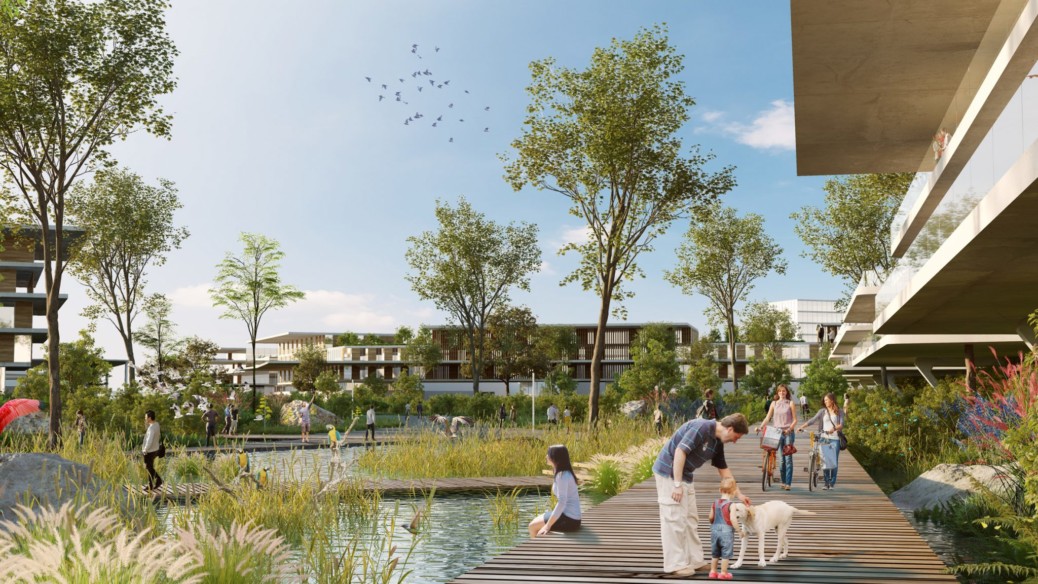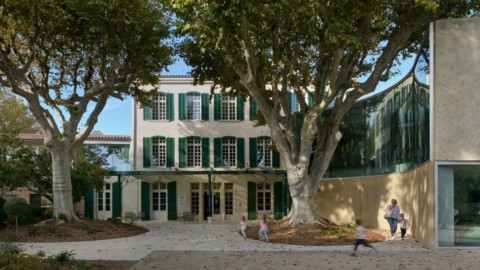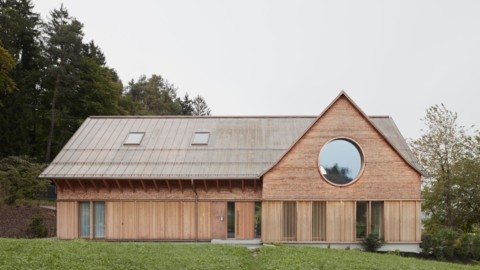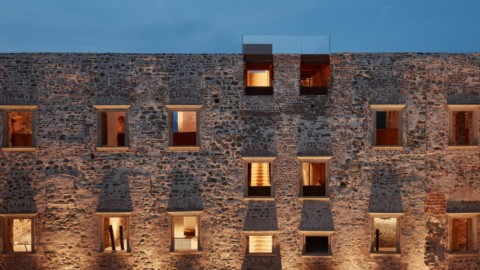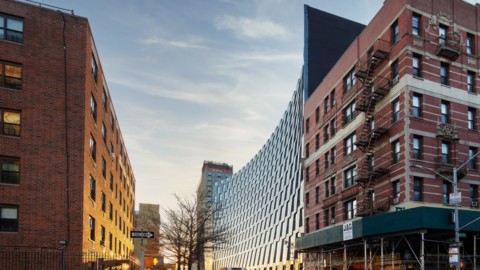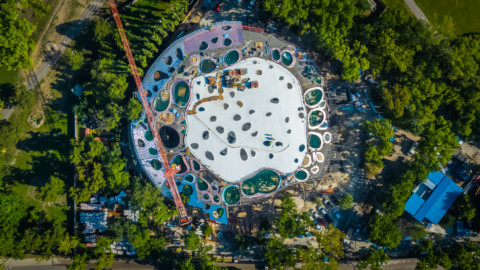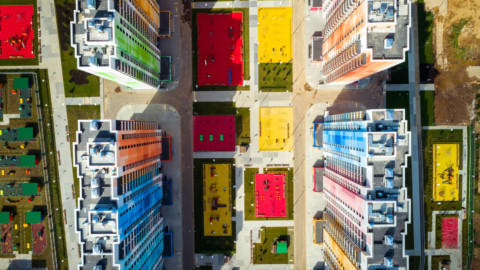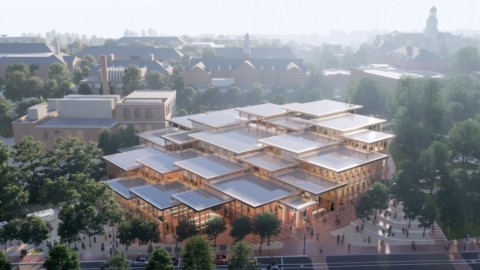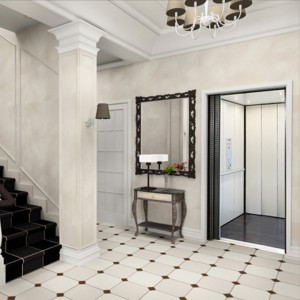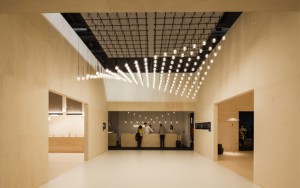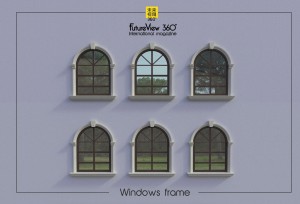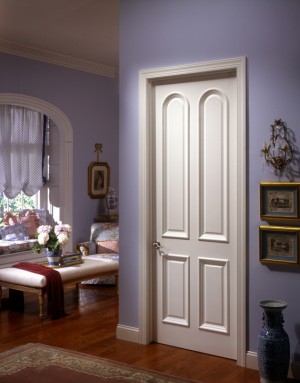Italian architect Carlo Ratti has designed a masterplan for a high-tech innovation district in Brasília that will be an extension to the Lúcio Costa and Oscar Niemeyer-designed city.
The one-million-square-metre district called BIOTIC will be located at the northern tip of the Brasília UNESCO World Heritage site on a triangular plot of land near to the city’s National Park.
Designed as a high-tech innovation hub, Ratti’s development is intended to solve some of the issues caused by the fragmentation of activities in Brasília, which was arranged by urban planner Costa and architect Niemeyer in 1955.
“The first time I visited Brasília, a friend and long-time city resident told me a long-standing joke: ‘You know what the problem of Brasília is? The district of cafes is far away from the district of sugar’,” Ratti explained.
“In short, a key issue lies with the lack of mixed-use and with the strictly functional subdivision of the city according to modernist principles – which we are aiming to overcome with our plan.”
意大利建築師卡羅·拉蒂(Carlo Ratti)為巴西利亞的高科技創新區設計了總體規劃,這將是盧西奧·科斯塔(LúcioCosta)和奧斯卡·尼邁耶(Oscar Niemeyer)設計的城市的延伸。
這個佔地一百萬平方米的地區稱為BIOTIC,將位於巴西利亞聯合國教科文組織世界遺產站點的北端,位於該市國家公園附近的三角形土地上。
Ratti被設計為高科技創新中心,其開發旨在解決因巴西利亞活動分散而引起的一些問題,該問題由城市規劃師Costa和建築師Niemeyer於1955年安排。
“我第一次訪問巴西利亞時,一位朋友和長期居住在城市的居民向我講了一個長期的笑話:’你知道巴西利亞的問題是什麼嗎?咖啡館區與糖業區相距甚遠’,”拉蒂解釋。
“簡而言之,關鍵問題在於缺乏混合使用,以及按照現代主義原則對城市進行嚴格的功能劃分–我們旨在通過我們的計劃來克服這一問題。”
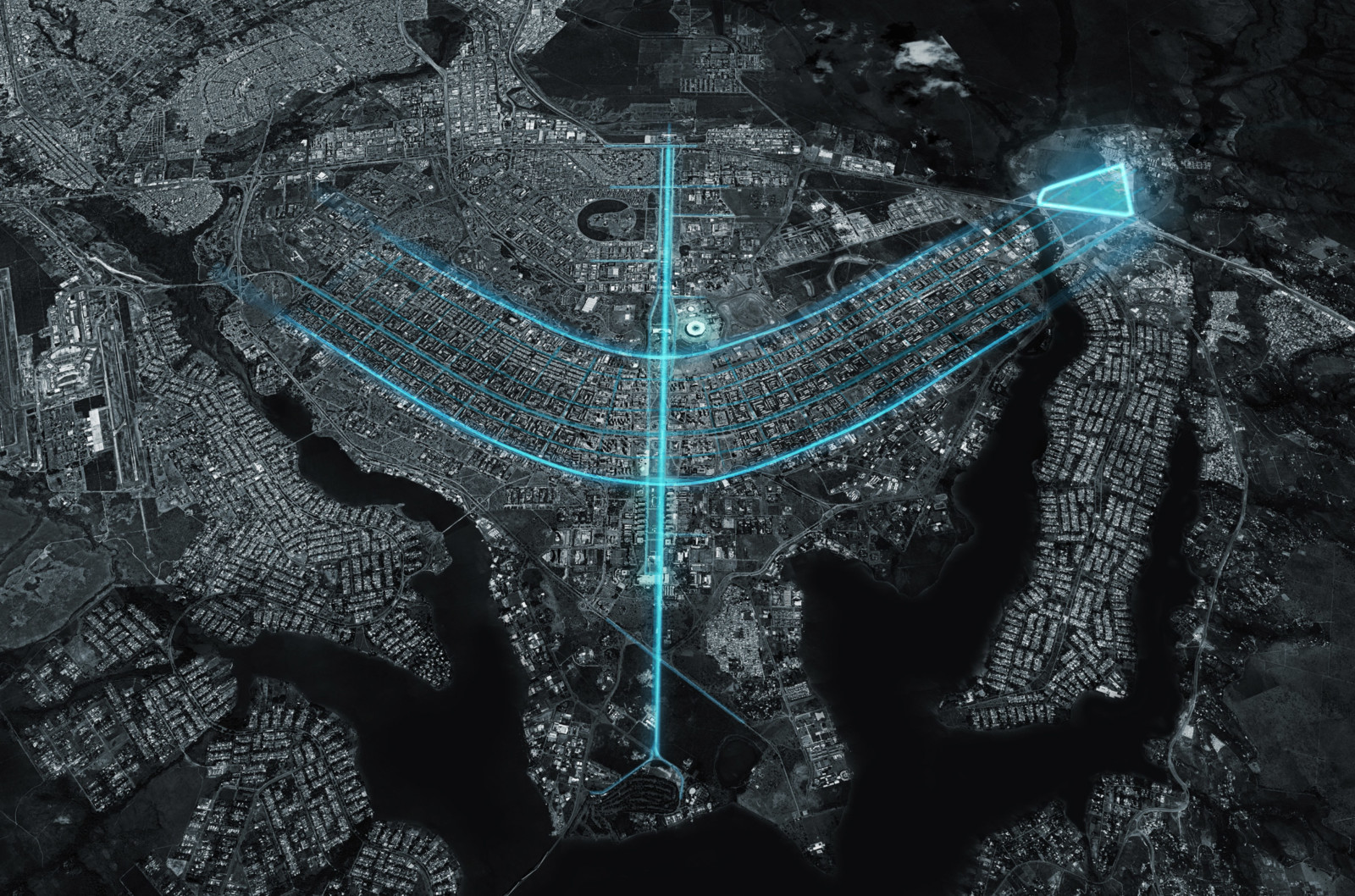
BIOTIC will be an extension of Brasília|BIOTIC將成為巴西利亞的延伸
BIOTIC will include the four urban scales that Costa defined in the plan of Plano Piloto, or Pilot Project, as residential, monumental, gregarious and bucolic.
Unlike the original design, it will integrate them with each other rather than keeping them separate.
“Brasília is a fascinating metropolis: a monumental axis and two wings that captivate you when you look at it from the plane,” Ratti added.
“However as French intellectual Simone de Beauvoir once said, ‘Brasília is an expanse of elegant monotony […] The street, that meeting ground of […] passers-by, of stores and houses, of vehicles and pedestrians […] does not exist in Brasília and never will,” he continued.
“Our project aims to counter this proposition and bring a new vibrancy to Brasília.”
BIOTIC將包括哥斯達黎加在Plano Piloto計劃或試點計劃中定義的四個城市規模,分別是住宅,紀念性建築,合群建築和田園風格。
與原始設計不同,它將彼此集成而不是分開。
拉巴西補充說:“巴西利亞是一個迷人的大都市:巨大的軸線和兩個機翼使您著迷。
“不過,正如法國知識分子西蒙娜·德·波伏瓦(Simone de Beauvoir)所說,’巴西利亞(Brasília)是優雅單調的街道,是行人,商店和房屋,車輛和行人[…]的交匯處。 。]在巴西利亞不存在,也永遠不會。”他繼續說道。
“我們的項目旨在反對這一主張,並為巴西利亞帶來新的活力。”
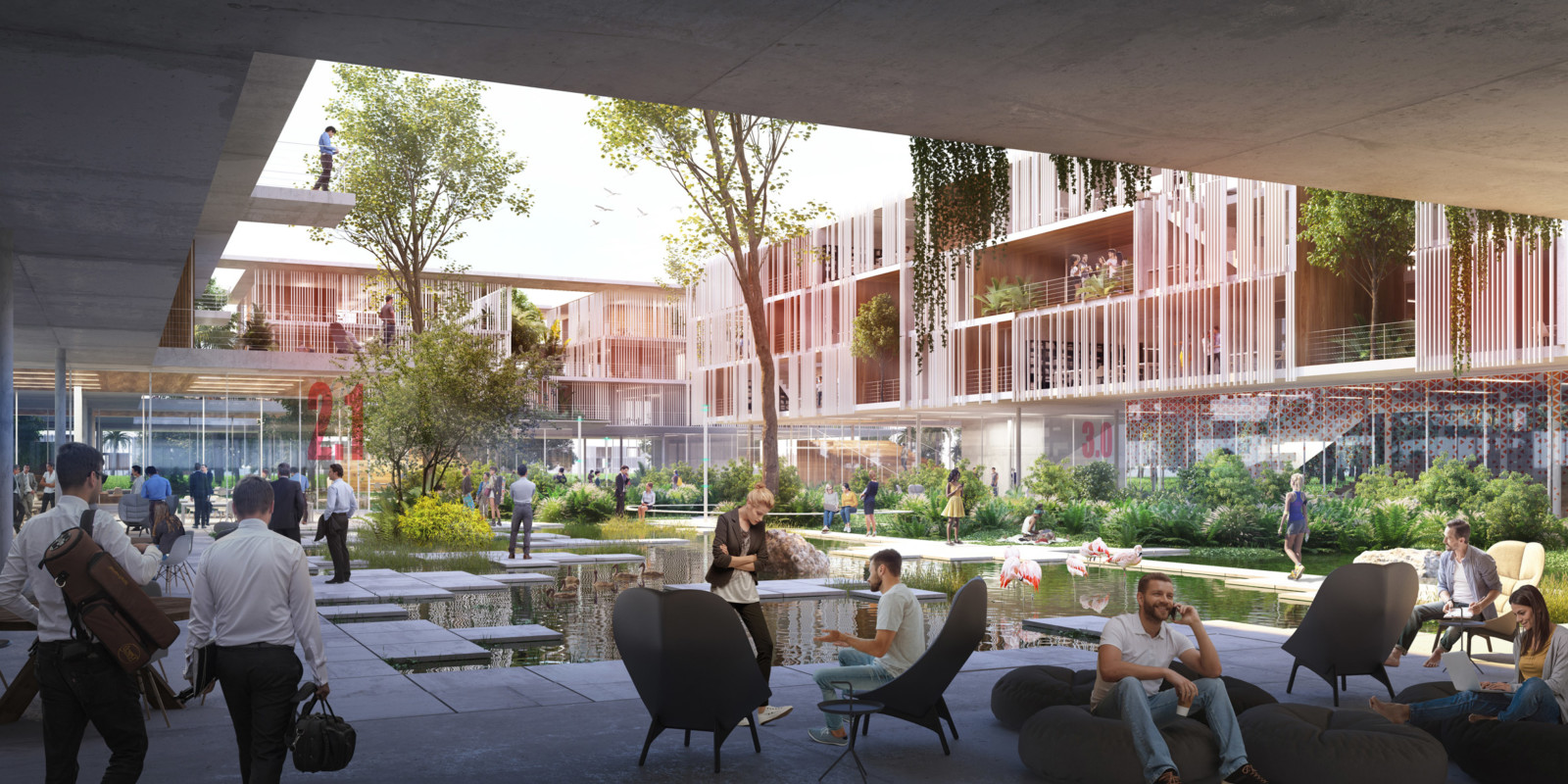
Carlo Ratti intends to create outdoor offices for occupants to work|Carlo Ratti打算為居住者創建戶外辦公室
BIOTIC’s design also subverts Brasília’s Superquadra, or Superblock, which refers to the way the city’s residential areas are arranged in blocks composed of apartment buildings within green spaces.
This project, however, will divide similar blocks into quadrants to create open plazas and internal streets that are accessible only to self-driving or shared vehicles.
Ratti’s studio, Carlo Ratti Associati (CRA), said it will also use digital technologies to make sure occupants are able to have access to as much nature as possible. As part of this, the plan proposes making restaurants and cafes spots for smart working, with curtain-like walls that can open up to outdoor work areas called the Outdoor Office.
BIOTIC的設計還顛覆了巴西利亞的Superquadra,即超級街區,即城市居住區在綠色空間內由公寓樓組成的街區中的佈置方式。
但是,該項目會將類似的街區劃分為多個像限,以創建開放式廣場和內部街道,只有自動駕駛或共享車輛才能進入。
拉蒂(Ratti)的工作室Carlo Ratti Associati(CRA)表示,還將使用數字技術來確保居住者能夠獲得盡可能多的自然環境。 作為該計劃的一部分,該計劃建議在餐廳和咖啡館上進行智能工作,並使用類似窗簾的牆壁將其通向稱為戶外辦公室的戶外工作區域。
“The office buildings, hovering above the ground level, are designed for sun and wind to come in,” CRA project manager James Schrader explained.
“Thanks to a system of openable wooden facades that can slide along the building like a curtain, the interior spaces will open to the exterior, allowing users to enjoy Brasilia’s weather. This project merges the interior and exterior into one space.”
CRA項目經理詹姆斯·施拉德(James Schrader)解釋說:“懸停在地面上方的辦公樓是為陽光和風而設計的。”
“由於可打開的木質外牆可以像窗簾一樣沿著建築物滑動,所以內部空間將向外部開放,使用戶可以享受巴西利亞的天氣。該項目將內部和外部合併為一個空間。”
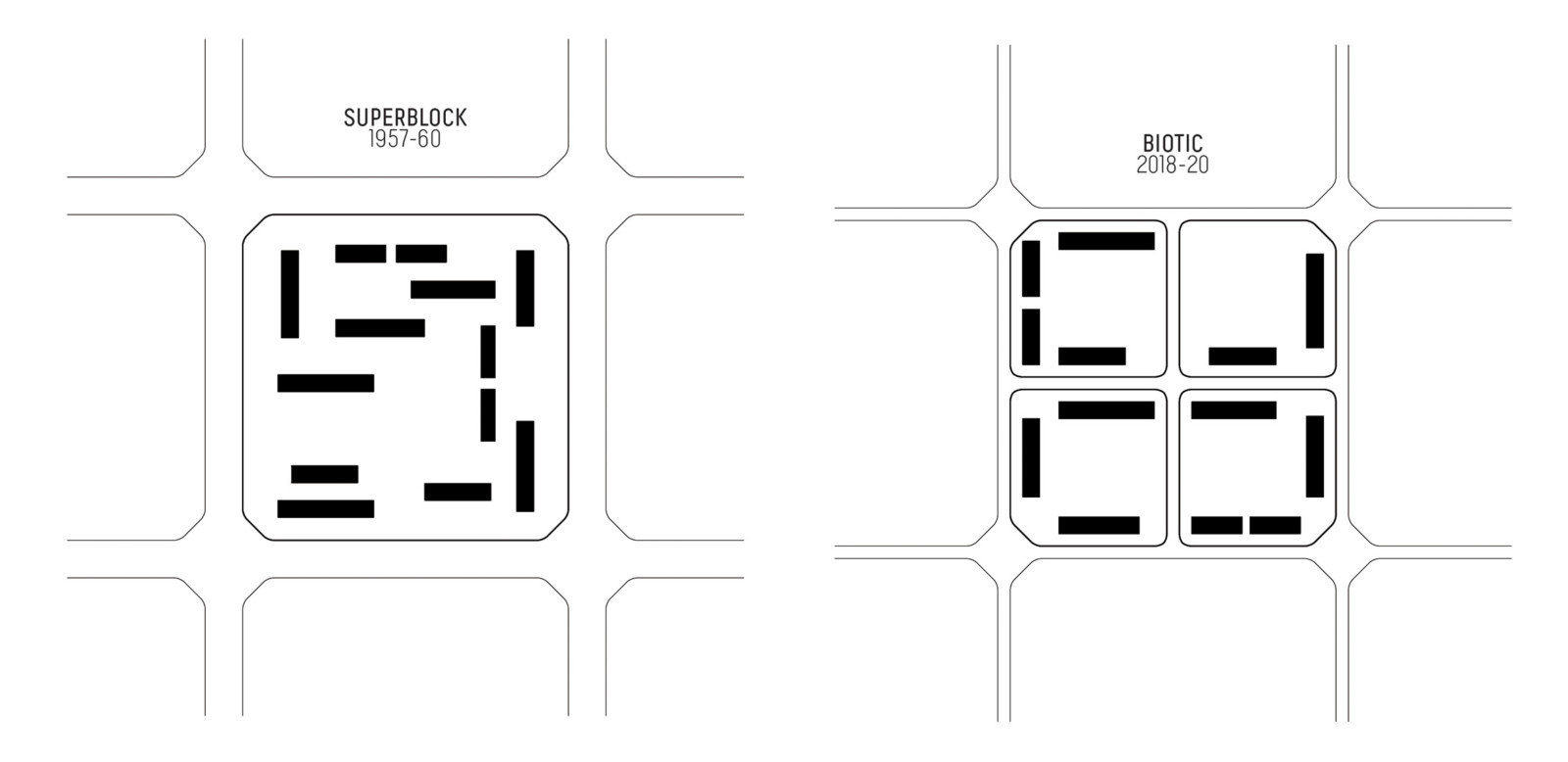
The proposal subverts Brasília’s Superblock to create accessible internal streets and plazas|該提案顛覆了巴西利亞的超級街區,以創建可訪問的內部街道和廣場
CRA has been working on the proposal for real estate company TerraCap with consultancy firm EY since 2018. BIOTIC, is also expected to feature an ecological park, vegetable gardens, laboratories and retail facilities.
Brasília was founded as the new capital city of Brazil on 21 April 1960, featuring an urban plan by Costa and designed by Niemeyer, the country’s most famous architect.
It is a celebrated example of modernist urbanism and was declared as a UNESCO World Heritage site in 1987.
自2018年以來,CRA一直與諮詢公司EY合作為房地產公司TerraCap擬定提案。BIOTIC還將設有生態公園,菜園,實驗室和零售設施。
巴西利亞成立於1960年4月21日,是巴西的新首都,其特色是科斯塔(Costa)制定的城市規劃,由巴西最著名的建築師尼邁耶(Niemeyer)設計。
它是現代主義都市主義的著名典範,並於1987年被宣佈為聯合國教科文組織世界遺產。
Earlier this week, it was revealed that Brazil’s Institutional Security Office (GSI) is planning to place antenna on top of series of Niemeyer-designed palaces to protect the area from drones.
Italian architect Ratti is the founder of international design and architecture studio Carlo Ratti Associati and a professor at Massachusetts Institute of Technology (MIT), where he directs the SENSEable City Lab.
His other forward-thinking urban projects include a covered garden in Milan that would use climate-control technology to allow visitors to experience spring, summer, autumn and winter at any time of year. The studio also worked with Alphabet company Sidewalk Labs on a modular paving system that can change the use of a street throughout the day.
本週早些時候,有消息透露,巴西的機構安全辦公室(GSI)計劃在Niemeyer設計的一系列宮殿的頂部放置天線,以保護該地區免受無人機侵害。
意大利建築師拉蒂(Ratti)是國際設計和建築工作室Carlo Ratti Associati的創始人,並且是麻省理工學院(MIT)的教授,在那裡他領導著SENSEable City Lab。
他的其他具有前瞻性的城市項目還包括米蘭的一個有蓋花園,該花園將使用氣候控制技術使遊客在一年中的任何時候都可以體驗春季,夏季,秋季和冬季。 該工作室還與Alphabet公司Sidewalk Labs合作開發了一種模塊化鋪路系統,該系統可以全天改變街道的使用。
Project credits:
CRA team: Carlo Ratti, James Schrader (Project manager), Rui Guan, Federico Riches, Chenyu Xu, Stephanie Lee, Pietro Franceschini, Ben Johnson
CRA graphic team: Gary di Silvio, Pasquale Milieri, Gianluca Zimbardi
Mobility consultancy: MIC – Mobility in Chain
Sustainability strategy: LAND
Engineering consultancy: Ai Engineering
項目學分:
CRA團隊:Carlo Ratti,James Schrader(項目經理),關瑞,Federico Riches,Xu Chenyu,Stephanie Lee,Pietro Franceschini,Ben Johnson
CRA圖形團隊:加里·迪·西爾維奧(Gary di Silvio),帕斯誇萊·米利裡(Pasquale Milieri),詹盧卡·津巴第(Gianluca Zimbardi)
出行諮詢:MIC-連鎖出行
可持續發展戰略:LAND
工程諮詢:Ai Engineering
FROM:https://www.dezeen.com/2020/08/11/biotic-brasilia-masterplan-extension-carlo-ratti/

